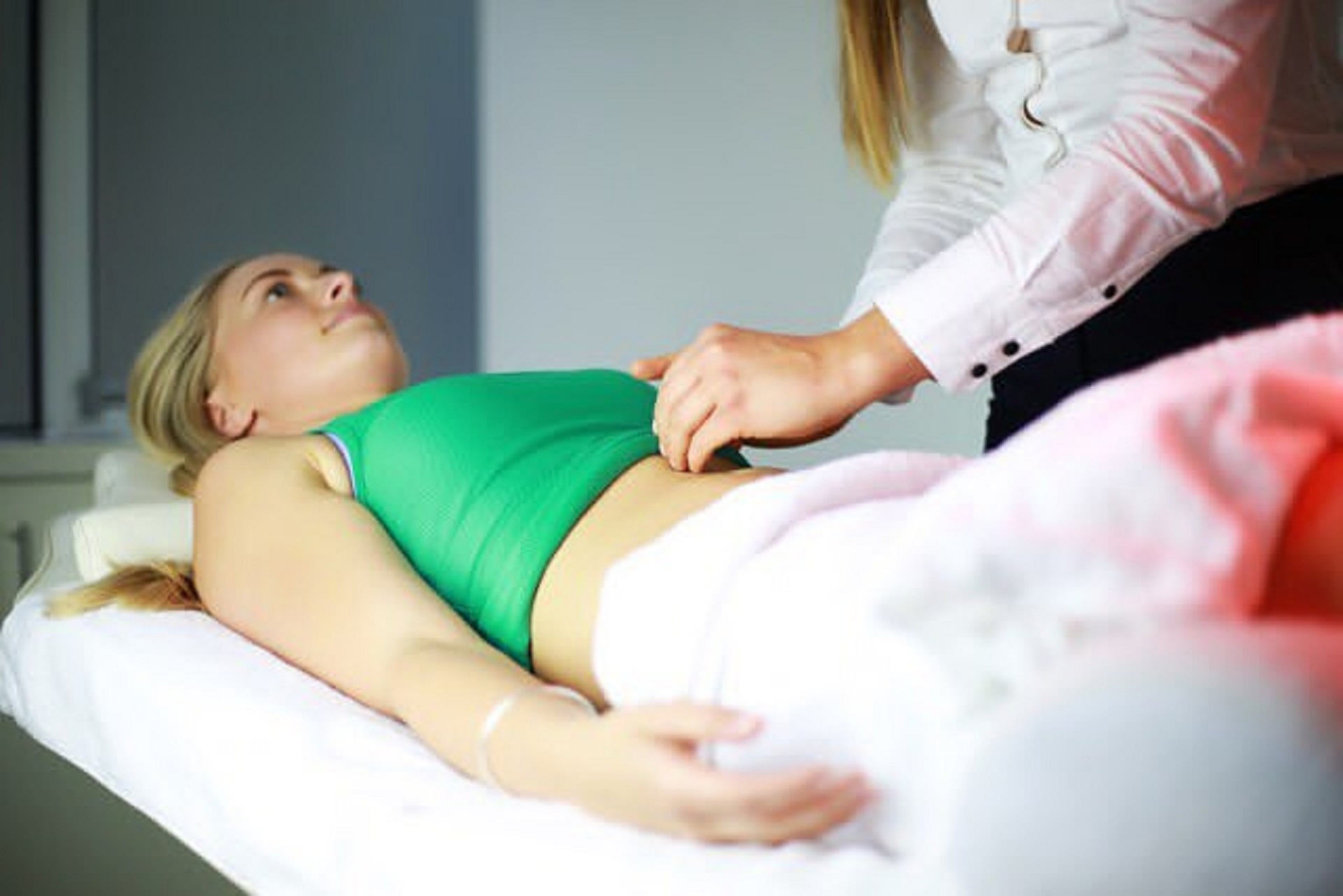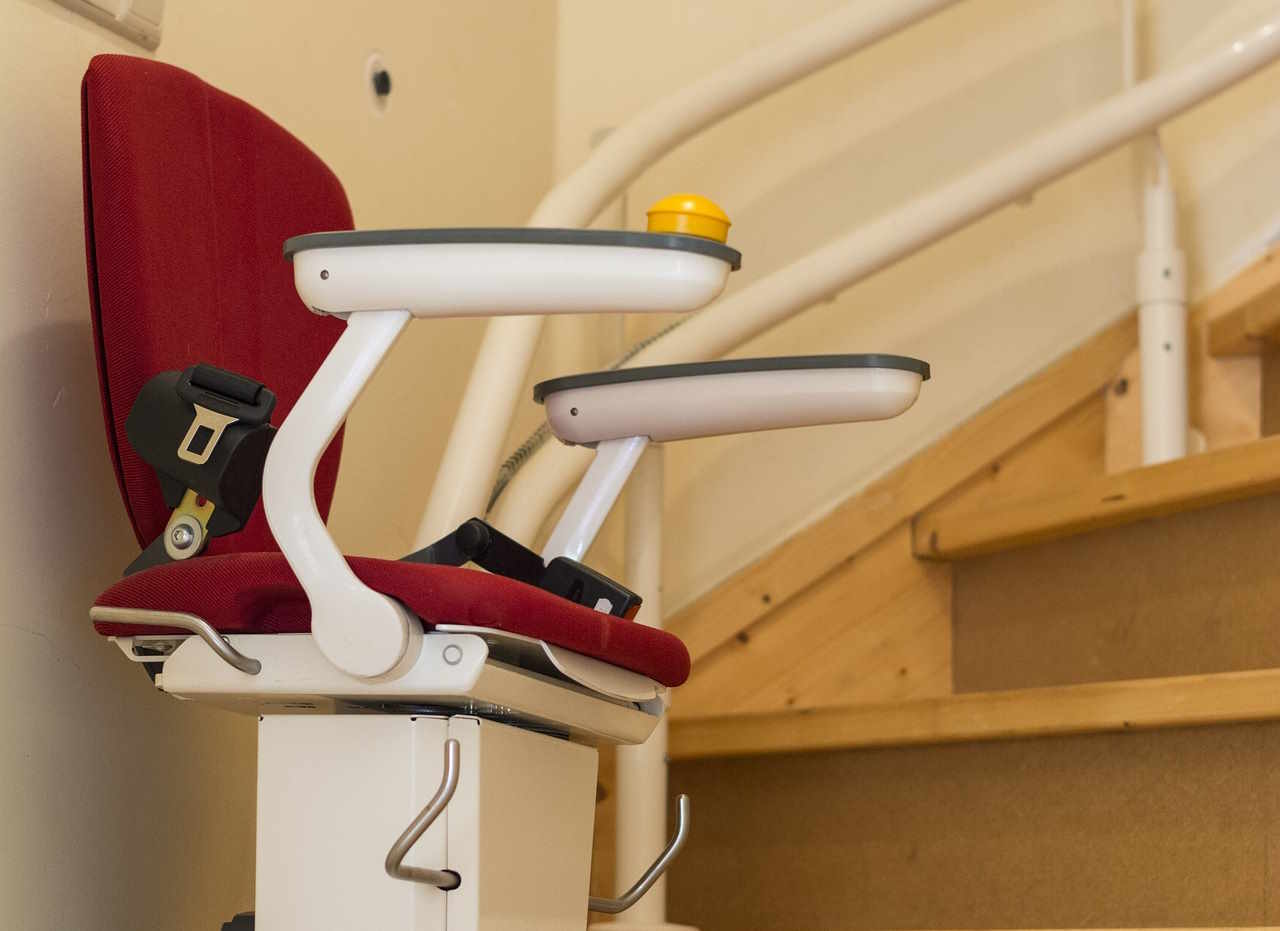Methods of Vaginal Restoration for Aging Women and Postpartum
Vaginal restoration encompasses various procedures designed to address changes in vaginal structure and function that occur due to aging, childbirth, hormonal fluctuations, and other factors. These restorative techniques aim to improve both physical comfort and quality of life for women experiencing symptoms like laxity, dryness, or discomfort. Understanding the available options—both surgical and non-surgical—helps women make informed decisions about their intimate health care.
Vaginal restoration has become an increasingly discussed aspect of women’s health, addressing changes that naturally occur with aging or following childbirth. These physiological changes can include decreased elasticity, weakened pelvic floor muscles, vaginal laxity, and reduced lubrication. For many women, these changes can affect physical comfort, urinary function, and intimate relationships. Modern medicine offers various approaches to vaginal restoration, ranging from minimally invasive procedures to comprehensive surgical interventions. This article explores the available methods, their benefits, and considerations for women contemplating these treatments.
Introduction to Vaginal Restoration
Vaginal restoration refers to procedures and treatments designed to rejuvenate and restore the vaginal area to improve its function and appearance. The vagina naturally undergoes changes throughout a woman’s life, particularly after childbirth and during menopause. These changes can include decreased elasticity, thinning of vaginal walls, reduced lubrication, and weakened pelvic floor muscles. Such alterations may lead to symptoms like vaginal dryness, urinary incontinence, painful intercourse, and reduced sensation during intimate activities.
The field of vaginal restoration has evolved significantly in recent years, offering women more options than ever before. Treatments aim to address both functional and aesthetic concerns, helping women regain confidence and improve their quality of life. Before pursuing any restoration method, it’s essential to consult with a healthcare provider to determine the most appropriate approach based on individual symptoms, medical history, and desired outcomes.
Surgical Vaginal Restoration Methods
Surgical approaches to vaginal restoration offer more dramatic and immediate results for women experiencing significant changes. Vaginoplasty, one of the most common surgical procedures, tightens the vaginal canal and surrounding tissues by removing excess vaginal lining and tightening the underlying muscles. This procedure is particularly beneficial for women experiencing severe laxity after multiple vaginal deliveries.
Labiaplasty is another surgical option that addresses changes in the labia minora or majora. This procedure can reduce enlarged labia or correct asymmetry, potentially improving both comfort and aesthetic appearance. For women with pelvic organ prolapse, where organs descend into the vagina due to weakened supporting structures, reconstructive surgery may be necessary to reposition and secure the affected organs.
Perineoplasty focuses on repairing and tightening the perineum—the area between the vagina and rectum—which often tears during childbirth. This procedure can improve the appearance of the vaginal opening while potentially enhancing sensation during intercourse. Recovery from surgical interventions typically requires several weeks, during which patients must follow specific post-operative care instructions to ensure optimal healing and results.
Non-Surgical Vaginal Restoration Methods
For women seeking less invasive options, several non-surgical treatments have emerged as effective alternatives. Energy-based therapies, including radiofrequency and laser treatments, stimulate collagen production in vaginal tissues, improving elasticity and natural lubrication. These treatments typically require multiple sessions but involve minimal discomfort and no downtime.
Hormone therapy, either systemic or localized, addresses symptoms related to hormonal changes, particularly during menopause. Vaginal estrogen creams, rings, or tablets can significantly improve tissue health, increase natural lubrication, and reduce discomfort during intercourse. Platelet-rich plasma (PRP) therapy, sometimes called the “O-Shot,” involves injecting a concentration of the patient’s own platelets into vaginal tissues to stimulate tissue regeneration and enhance sensitivity.
Pelvic floor physical therapy offers a completely non-invasive approach to improving vaginal function. Specialized therapists guide women through exercises designed to strengthen pelvic floor muscles, potentially improving symptoms of incontinence and enhancing sexual satisfaction. Many women benefit from combining different non-surgical approaches for comprehensive improvement of vaginal health.
Benefits of Different Methods
The various restoration methods offer distinct advantages depending on a woman’s specific concerns and circumstances. Surgical procedures generally provide more dramatic and immediate results, making them suitable for women with significant structural changes that affect function and comfort. These procedures can offer long-lasting improvements, though they involve longer recovery periods and carry the risks associated with surgery.
Non-surgical treatments appeal to women seeking improvements without the downtime and risks of surgery. These methods often work gradually, with results developing over weeks or months as tissues respond to treatment. Many non-surgical options require maintenance sessions to sustain results but involve minimal discomfort and allow women to return immediately to normal activities.
Beyond physical improvements, many women report psychological benefits from vaginal restoration, including increased confidence and improved intimate relationships. The best approach often depends on the severity of symptoms, the patient’s health status, recovery time considerations, and personal preferences regarding invasiveness and maintenance requirements.
Costs and Insurance Coverage
The financial aspect of vaginal restoration varies widely depending on the chosen method, geographical location, provider expertise, and facility type. Surgical procedures generally represent the highest investment, with vaginoplasty typically ranging from $6,000 to $12,000, while labiaplasty may cost between $3,000 and $8,000. Non-surgical options tend to be more affordable per session, though multiple treatments are often required for optimal results.
| Procedure Type | Average Cost Range | Typical Insurance Coverage |
|---|---|---|
| Vaginoplasty | $6,000-$12,000 | Rarely covered unless medically necessary |
| Labiaplasty | $3,000-$8,000 | Sometimes covered if functional issues exist |
| Laser Vaginal Rejuvenation | $1,500-$3,000 per session | Not typically covered |
| Radiofrequency Treatment | $800-$1,500 per session | Not typically covered |
| Hormone Therapy | $30-$200 monthly | Often partially covered |
| Pelvic Floor Physical Therapy | $100-$300 per session | Frequently covered with prescription |
Prices, rates, or cost estimates mentioned in this article are based on the latest available information but may change over time. Independent research is advised before making financial decisions.
Insurance coverage for vaginal restoration procedures varies significantly. Most cosmetic aspects of these treatments are not covered by insurance. However, procedures addressing documented medical issues—such as incontinence, pain during intercourse, or pelvic organ prolapse—may receive partial or full coverage. Patients should consult with both their insurance provider and healthcare practitioner to determine potential coverage before proceeding with treatment.
Many providers offer financing options to make these procedures more accessible. Some women also utilize health savings accounts (HSAs) or flexible spending accounts (FSAs) for eligible procedures. When evaluating costs, it’s important to consider not just the immediate expense but also any required follow-up care, maintenance treatments, and potential time away from work during recovery.
Vaginal restoration offers various options for women experiencing changes due to aging or childbirth. Whether choosing surgical or non-surgical approaches, women now have more choices than ever to address both functional and aesthetic concerns. The decision to pursue vaginal restoration is deeply personal and should be made after thorough consultation with qualified healthcare providers who can provide individualized recommendations based on specific needs and goals.
This article is for informational purposes only and should not be considered medical advice. Please consult a qualified healthcare professional for personalized guidance and treatment.





